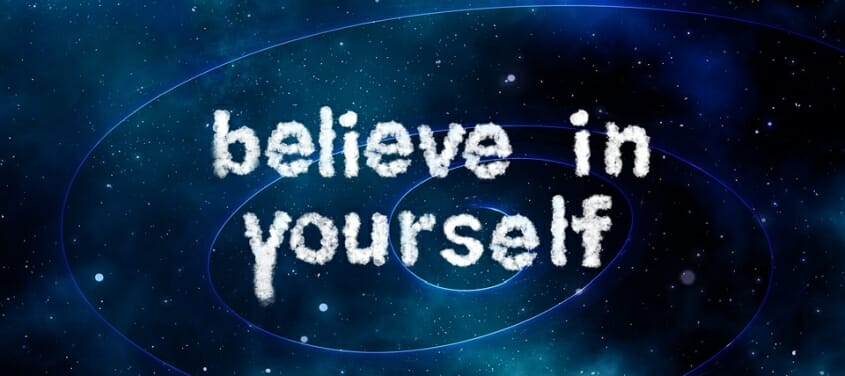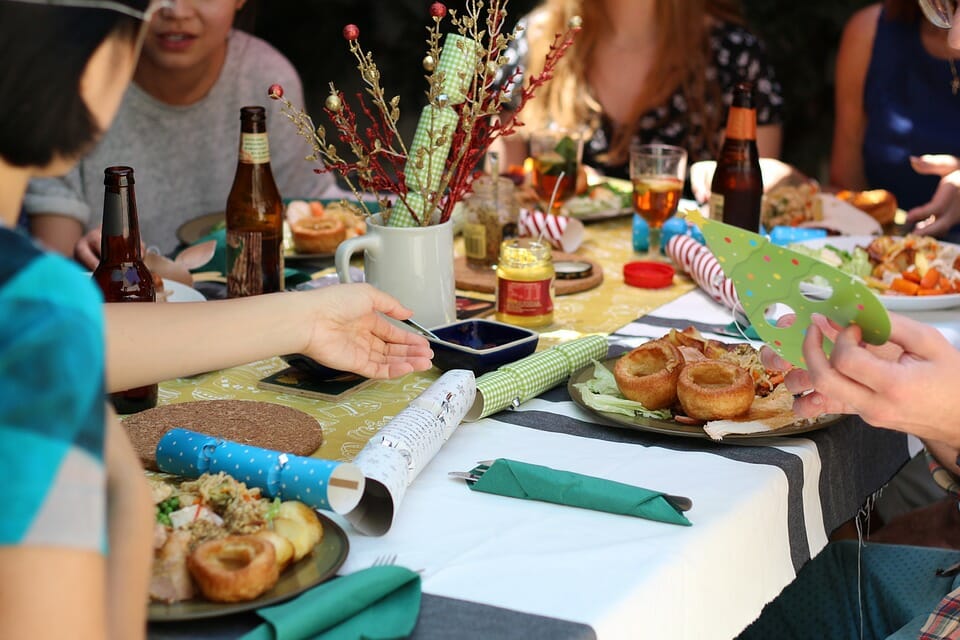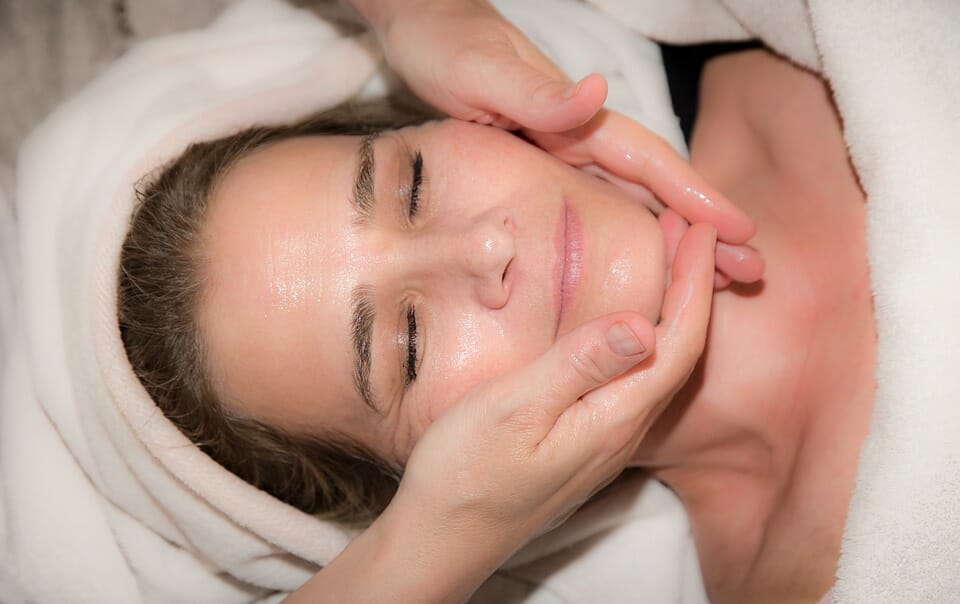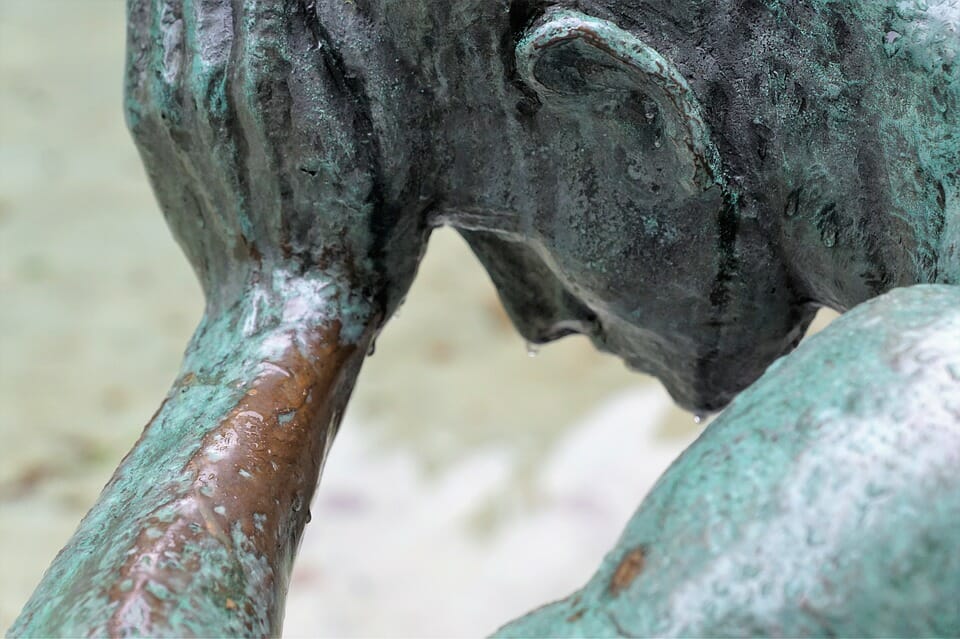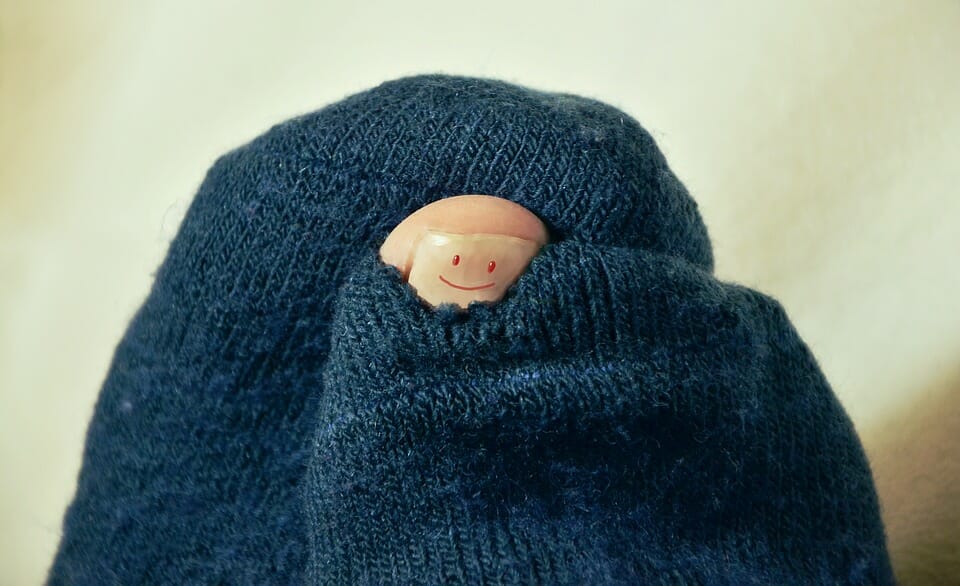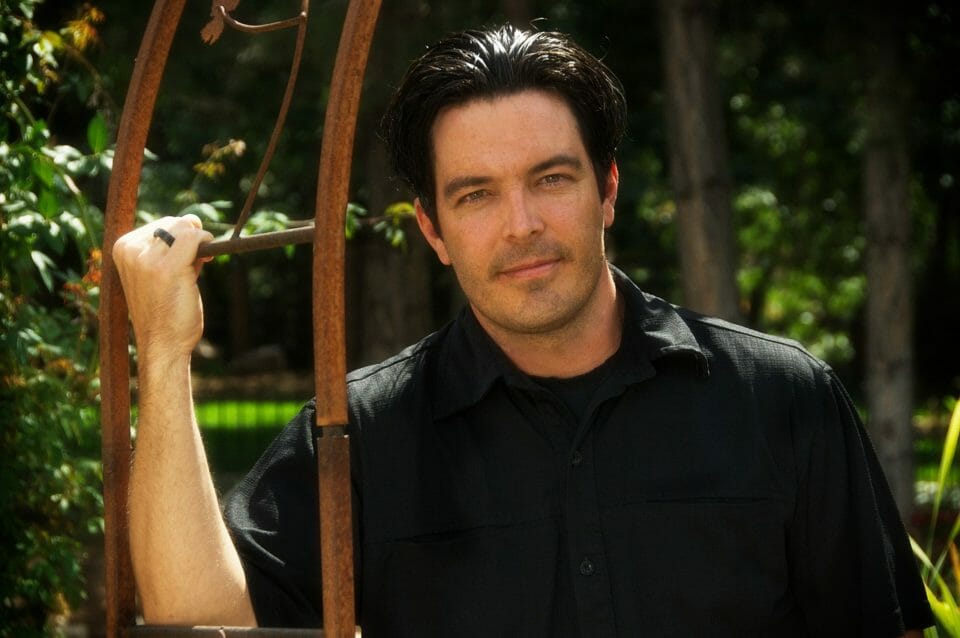I believe that every parent wants their kids to have high self-esteem, so I have decided to publish a few posts over the coming weeks about self-esteem, what it is and how to increase it, so every parent reading this will be able to help their kids develop this very important emotional strength.
So first, what is self-esteem?
Self-esteem is a reflection of a person’s overall appraisal of their own worth
In other words, self-esteem is the score each person gives their abilities and skills.
Read What Is Self Esteem? »
